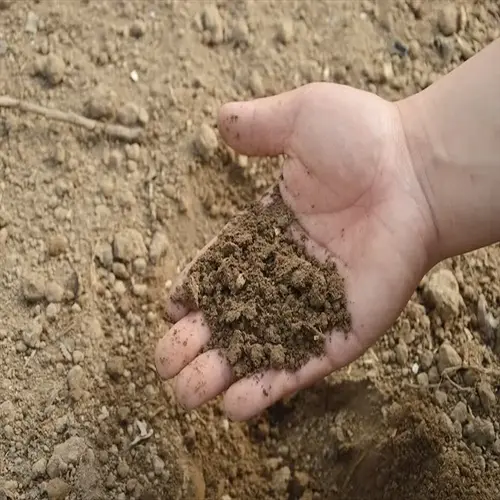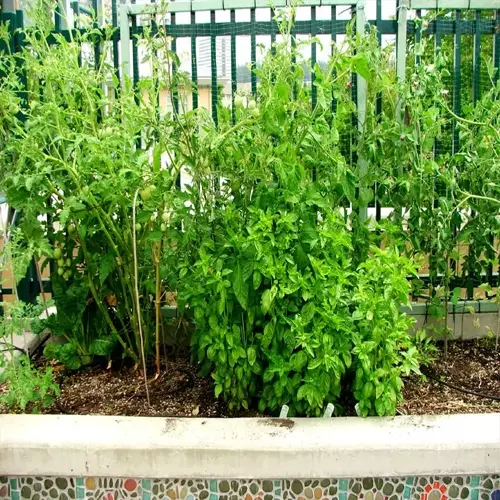Why do tomato leaves turn yellow and brown?

Written by
Olivia Mitchell
Reviewed by
Prof. Charles Hartman, Ph.D.The yellow and brown leaves of tomatoes indicate serious plant stress. Fungal-infected tomatoes exhibit brown bullseye-type areas (early blight) and little dark dots (Septoria leaf spot). Bacterial diseases display water-soaked regions of the leaf that subsequently turn black. Nutritional deficiencies appear as the leaves turn uniformly yellow, with the veins remaining green. Over-watering suffocates the roots, causing the leaves to turn pale and subsequently brown.
Pattern-Based Identification
- Uniform yellowing: Nitrogen or magnesium deficiency
- Yellow between veins: Iron deficiency at high pH
- Brown spots with yellow halos: Bacterial speck or spot
- Brown concentric rings: Early blight fungal infection
- Rapid browning from edges: Verticillium wilt disease
Location Clues
- Lower leaves affected first: Nitrogen deficiency
- New growth yellowing: Iron or sulfur deficiency
- Random distribution: Fungal or bacterial disease
- Upper leaves curling down: Viral infection
- Leaf tips browning: Salt buildup or fertilizer burn
Environmental Triggers
- Wet foliage for 12+ hours: Fungal spore activation
- Temperatures above 90°F/32°C: Heat stress yellowing
- Cold nights below 55°F/13°C: Chilling injury
- High nitrogen fertilization: Magnesium lockout
- Compacted soil: Root oxygen deprivation
Before correcting any symptoms, test your soil. I use kits that test basic pH and nutrients. First, ensure the pH is within the range of 6.0-6.8 for optimal nutrient uptake. If there is a nitrogen deficiency, amend the soil with compost to address the issue. If there is a magnesium deficiency, use Epsom salt. Avoid excessive fertilizer, which can burn the roots.
Improve watering practices drastically. Water only when the top 1 inch of soil is dry. Drip irrigation instead of sprinklers. I water deeply twice weekly, instead of daily light watering. Mulch allows for moisture retention and prevents soil splash, which spreads diseases.
Treat diseases quickly with fit-for-purpose treatments. Use copper fungicide at 2 oz per gallon for fungal spots. Use streptomycin for bacterial infections, but apply it only a few times. Remove very infected plants ASAP. I keep a log of the treatments and what worked.
Read the full article: Tomato Plant Diseases: Comprehensive Guide

